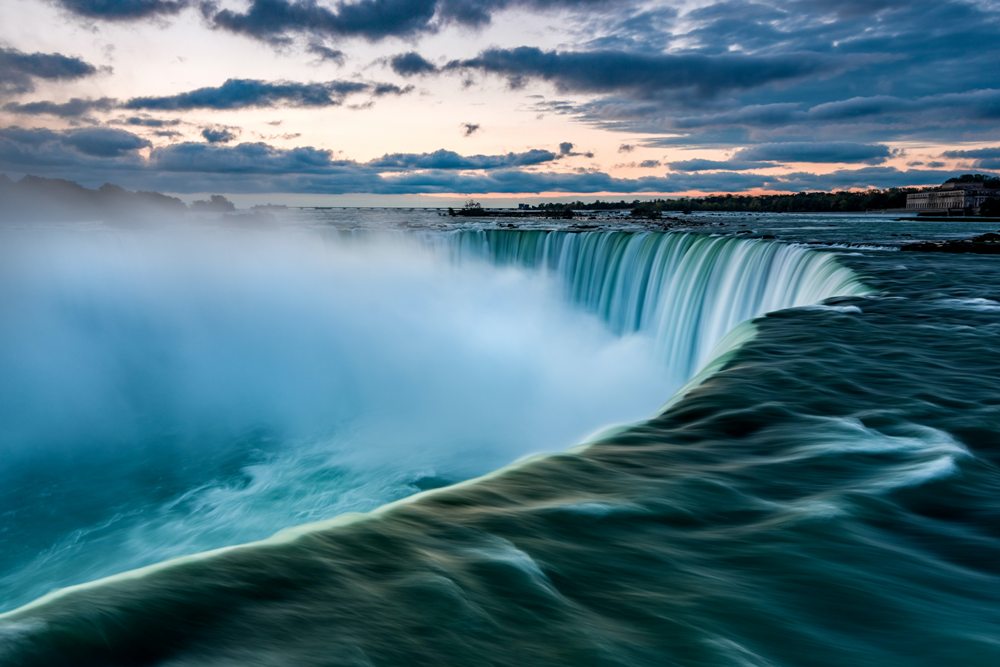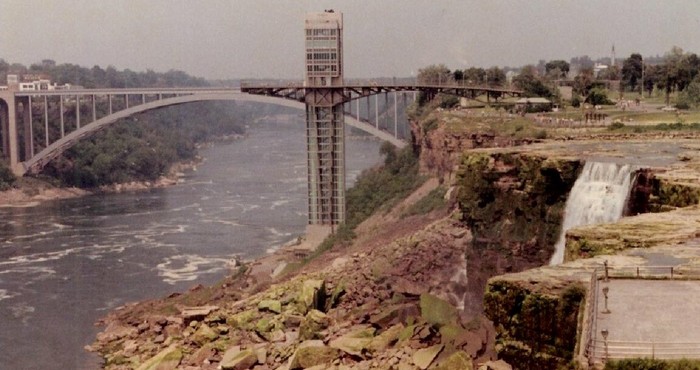
A group of engineers accomplished a great feat in June 1969. Even with the task seeming impossible, they drew out every drop of water in Niagara Falls, putting it on the list of one of the world’s most popular tourist centers. However, the drainage revealed a hidden under the rocks beneath.
A Glimpse of the Story
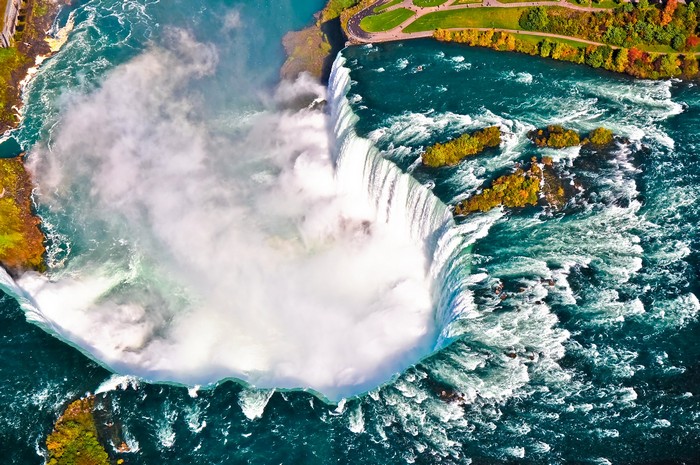
Tourists troop into the area in their millions yearly, watching the swirling waters in admiration. It reminds them of Mother Nature’s power. However, about 50 years ago, the waters drained to all but a trickle as engineers carried out an investigation on something happening at the site.
A Glimpse of the Story
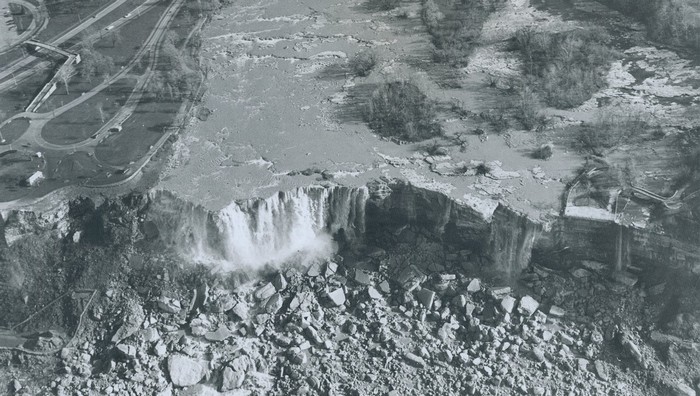
In that instance, man showed higher power than nature, displaying the possibilities that can be achieved with engineering. As the waters dwindled, a never-seen before sight materialized before the eyes of tourists and passersBy. It turned out that the waters had been covering something unsettling.
The Birth of Niagara Falls
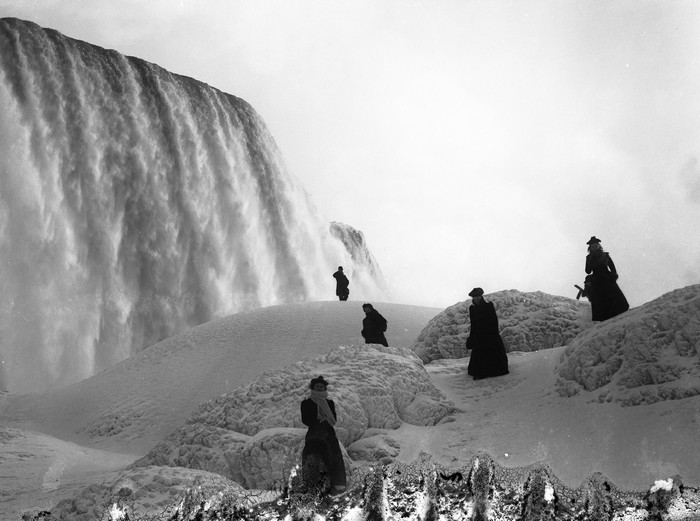
Niagara Falls and it’s mystery came into being about 18 millennia ago when moving ice sheets cut deep into the landscape that formed North America. As the ice melted, it became a fall flowing down to the Niagara River, breaking down the surrounding cliffs and creating the widely known attraction we all love, even with its unsettling secret.
Niagara Falls
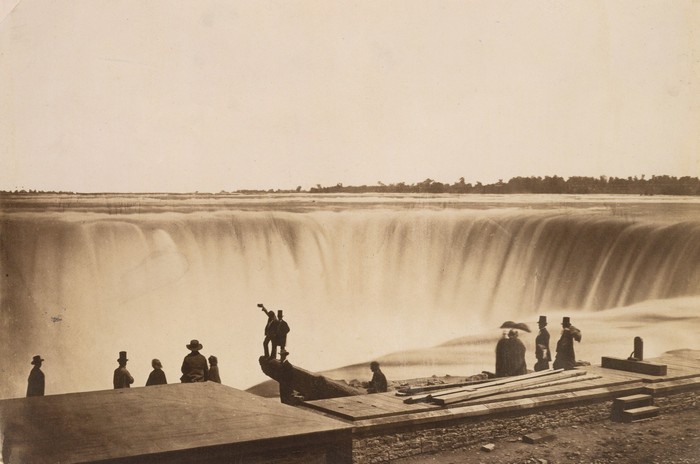
Today, Niagara Falls is situated at the border shared By the United States and Canada, scoring a spot on the list of the world’s most outstanding landmarks. There are no records that tell when humans discovered this place. Although, history has no written record of this, chances are high that the natives of that area saw the incredible place first.
The Discovery of A Natural Wonder
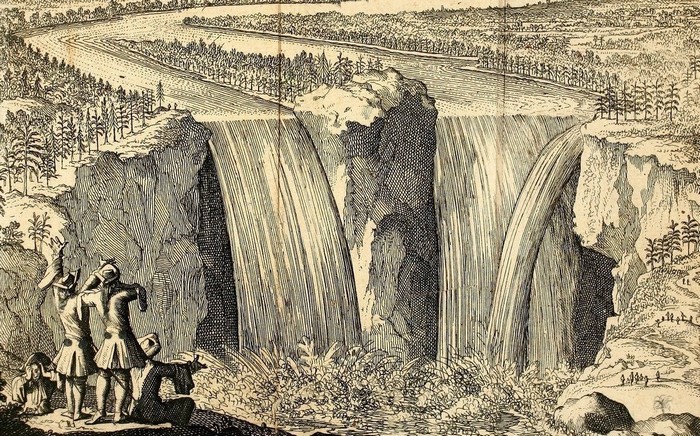
While it is true that in the 17th century, Samuel de Champlain, a French traveler, heard about a huge waterfall in that area, Niagara wasn’t in the records till 1678 when Europeans first mentioned it. That same year, Father Louis Hennepin saw the amazing sight himself on his voyage into New France.
Hennepin’s “A New Discovery”
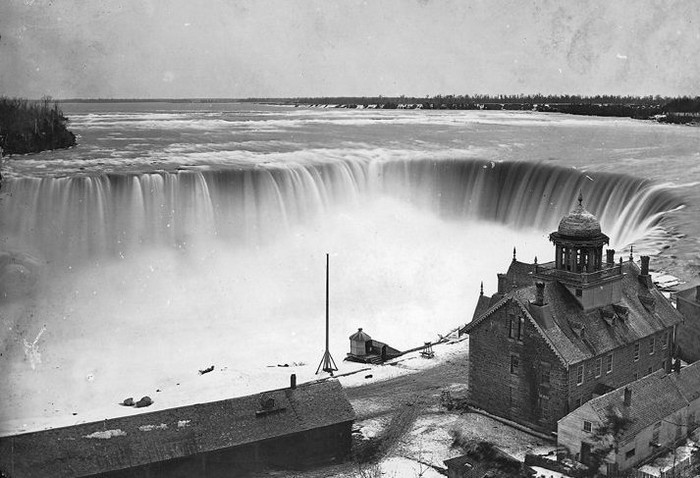
Five years after Hennepin had stumbled on the falls, he released a publication titled “A New Discovery”. In it, he talked about his finding in detail. It was stated therein that the name Niagara originated from an Iroquoian word – Onguiaahra which translates to “the strait”. This was the first appearance of the name. With this knowledge, Westerners were visiting the area more and more.
The Herald of Industry
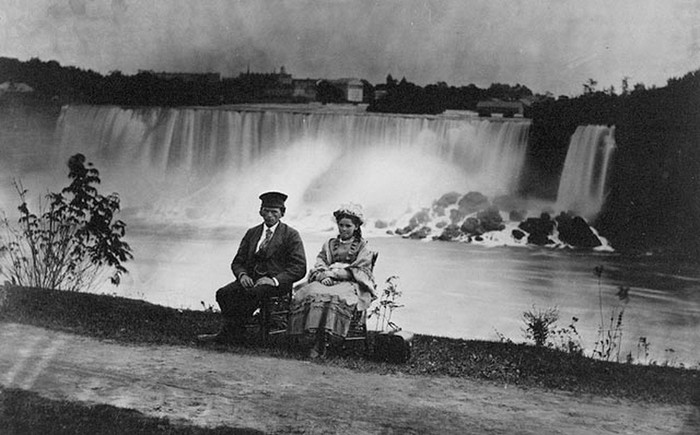
In the 1800s, the number of people Travelling the railroad increased, hence, Niagara Falls grew into a tourist attraction. Following this development, a string of amenities were created to provide for the needs of the increasing number of visitors. Some of these people were couples on their honeymoon. But the hotel business wasn’t the only enterprise that thrived there.
Hydroelectric expansion
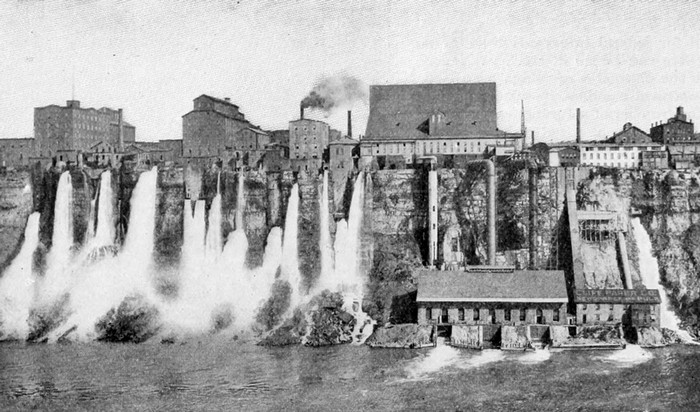
At the close of the 19th century, it dawned on industrialists that the water cascading down the falls could be used to create electricity for their mills and factories. Hence, 1895 was the year a hydroelectric generating station was built in the area and it was the first of its kind in the world.
Updates to The Innovation

While the station was an incredibly helpful invention, the electricity it generated could go no farther than 300 feet. Thanks to Nikolas Tesla who in 1896 updated the invention. With his knowledge on alternating current, he succeeded in spreading the power over 20 miles away such that it got to Buffalo, New York.
Tesla’s Innovation
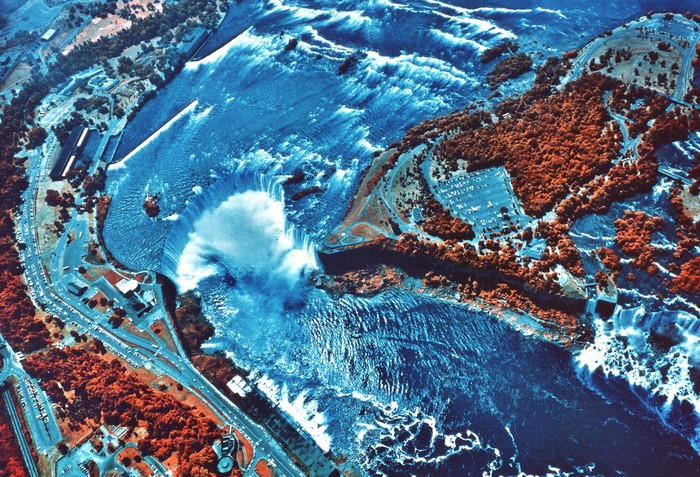
Tesla’s alternating current induction motor was iconic and his experiments at Niagara were the earliest recorded use of a system that takes electricity to different parts of the world. Even after a 100 years, the falls still generate hydroelectricity with plants that can generate a whooping 2.4 million kilowatts of power.
The Attraction
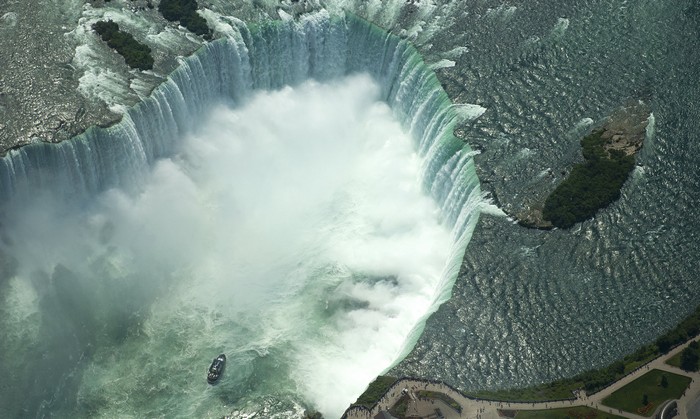
Now, Niagara Falls sits between two countries – the part that falls in the U.S. side and the Canadian part. And both countries see an influx of tourists numbering up to 30 million. The falls usually reach a crescendo and lucky visitors observe as the water cascades down at six million cubic feet per minute!
The Secret Diversion
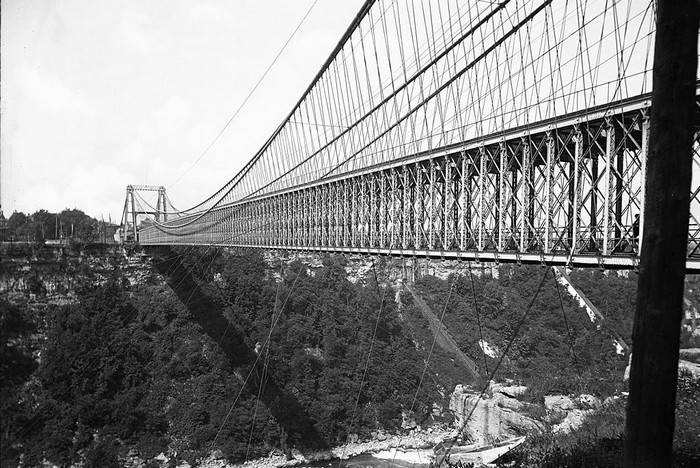
However, it’s intriguing to note that at night, the water rushing down the falls reduces significantly. The reason is that an agreement was signed in 1959 allowing local establishments to divert a higher level of the flow to their hydroelectric plants at specific times when there would be minimum impact on the incredible view. The volume of the falls have been changed at other times through the years.
A Different Look
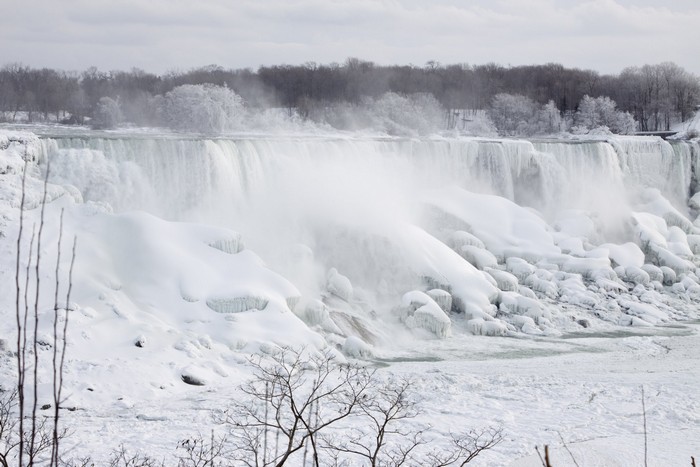
An example is its appearance in 2019 when the cold temperature caused it to freeze at various points, giving it a very different look. Although, there was still a flow of water over the frozen edges, a large part of it vaporized before getting to the basin. And though, this is a recurrent occurrence through the years, experts are insistent on the opinion that the flow never ceases.
The three-Part Waterfall
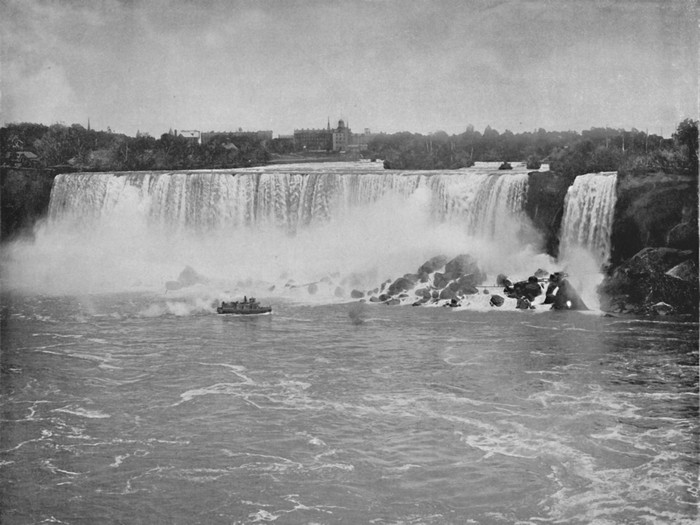
So, has the Fall ever been brought to a total stop? Well, only a part of it. The world-renowned attraction consists of three different waterfalls: The Horseshoe waterfalls which is spread between the border of both the U.S. and Canada, as well as the two smaller ones which is completely on the U.S. side named the American Falls and the Bridal Veil Falls.
Growing Concerns
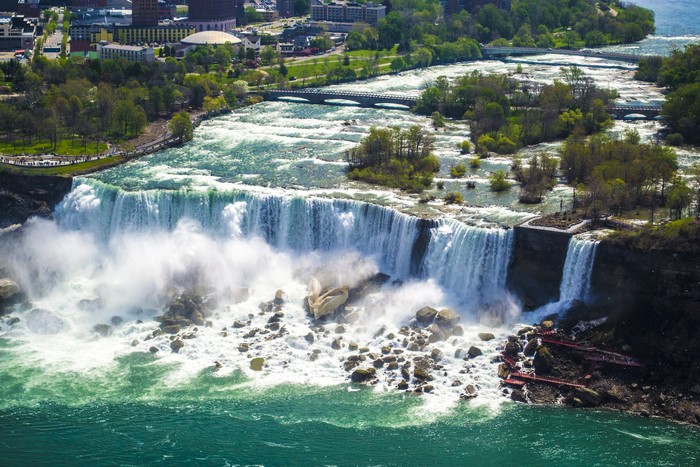
But By the year 1965, habitants of Niagara Falls New York had become worried that the part of the attraction situated on their land was becoming less and less enchanting. The main source of concern was that the talus deposit – the rocks that gather in the basin of a waterfall- was increasing. The talus seemed to be stopping the water from falling in a drop. Some people were of the opinion that this was interfering with the aesthetic charm of the American Falls.
Concerns and A Campaign
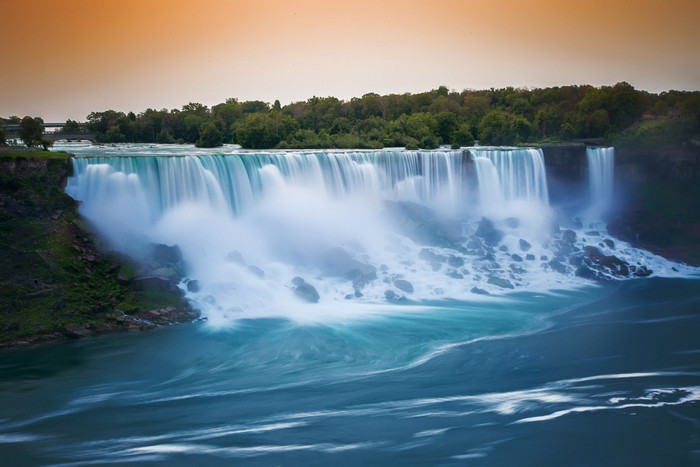
In 1965, on the 31st day of January, an article was published in the Niagara Falls Gazette newspaper pointing out the issue. The article had the complaints of local journalist, Cliff Spieler who insisted that if the erosion continued, the loss of the American Falls was imminent. Not long after, the citizens began a campaign to save the Falls, the emphasis being that the government should find a way around the problem.
A coalition
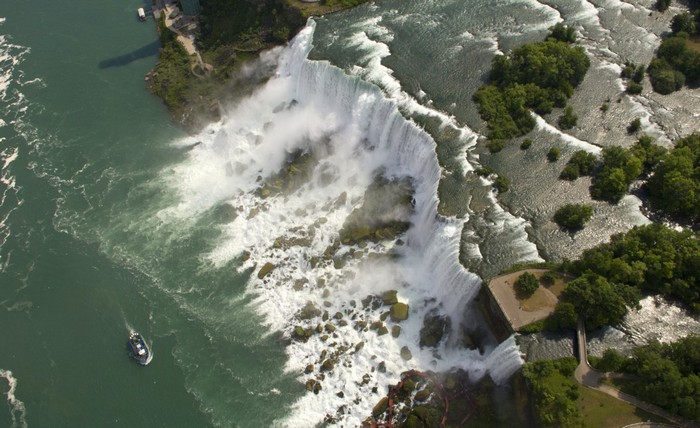
In the hopes of finding solutions to the issue, the American and Canadian governments liaised and reached out to the International Joint Commission (IJC) – a regulatory body overseeing affairs concerning water bodies that are shared. However, while the IJC deliberated in an attempt to find a solution, an operation was launched temporarily to Prevent any rubble from crashing into the falls from the water at the top.
The diversion
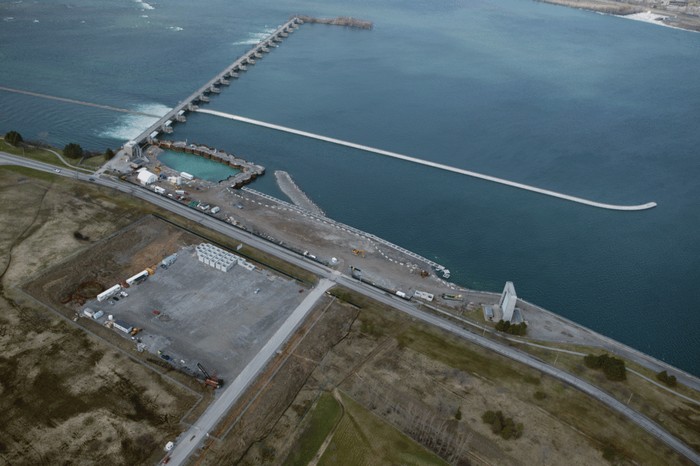
To do this, it was important to redirect the water flow of the American Falls first. Hence, on the 13th of November, 1966, a smart plan was implemented. At the top, the International Water Control Dam was driven to maximum capacity with its gates completely open to let in the current. Simultaneously, operations at the hydroelectric generators were in full swing.
Success
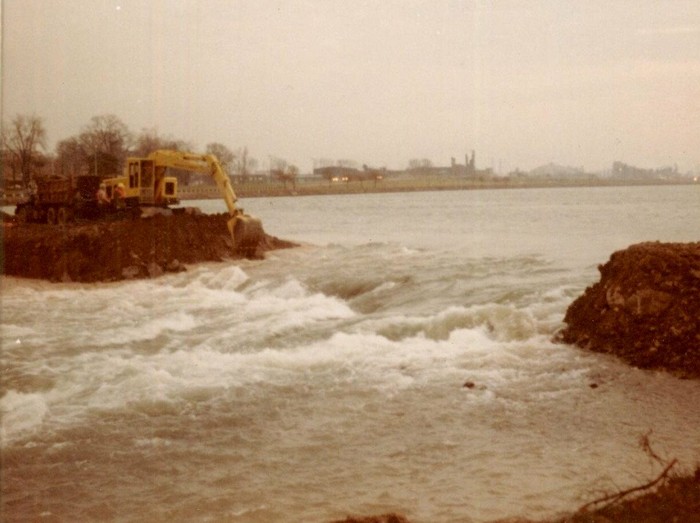
The outcome of these steps was a drastic decrease in the quantity of water flowing down, from a huge 60,000 gallons to only 15,000 per second. With the recession of the river, workers trudged out to commence the clearing I’d the rubble. At that moment, the USACE (U.S Army Corps of Engineers) officials swooped in to study the open bed closely.

